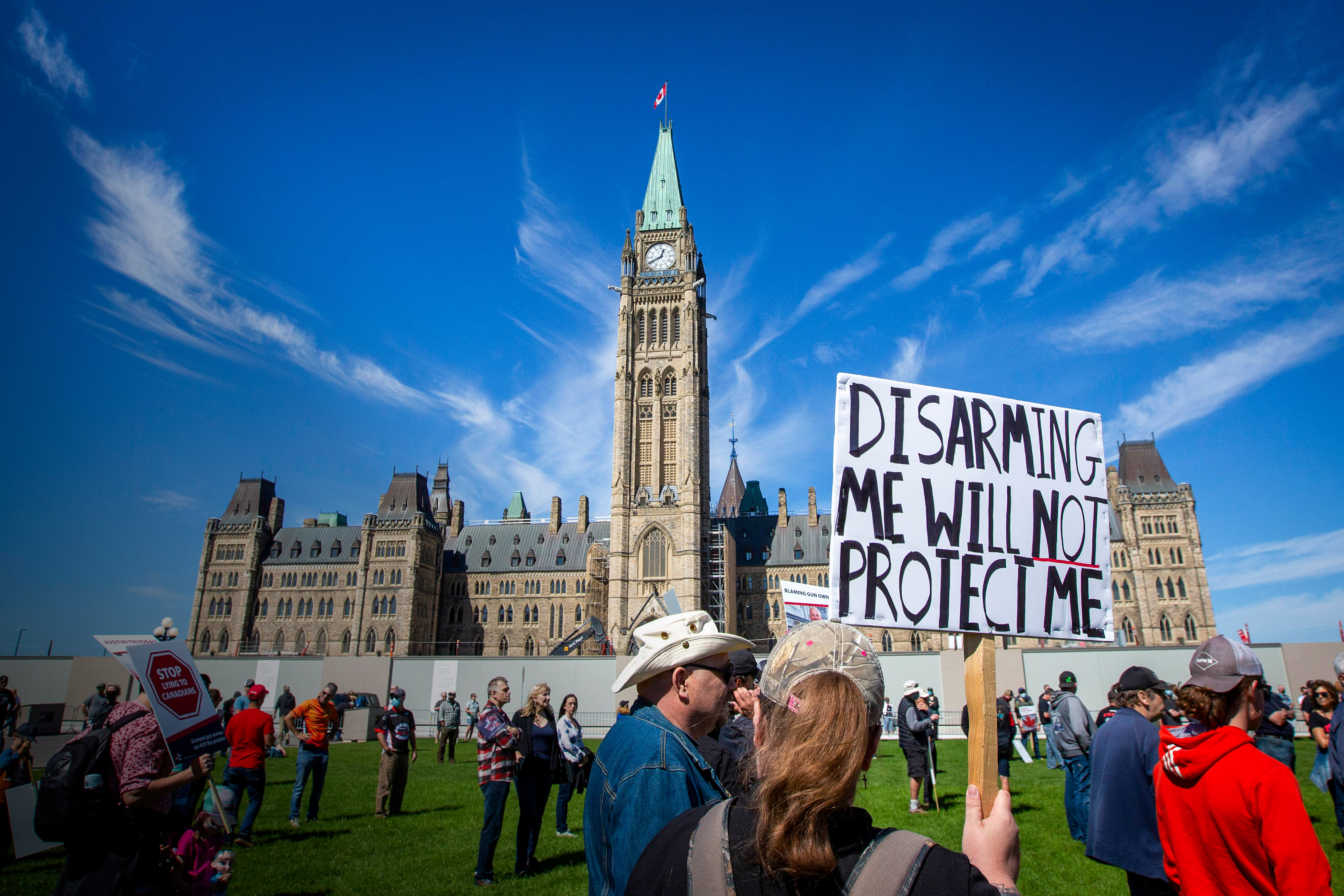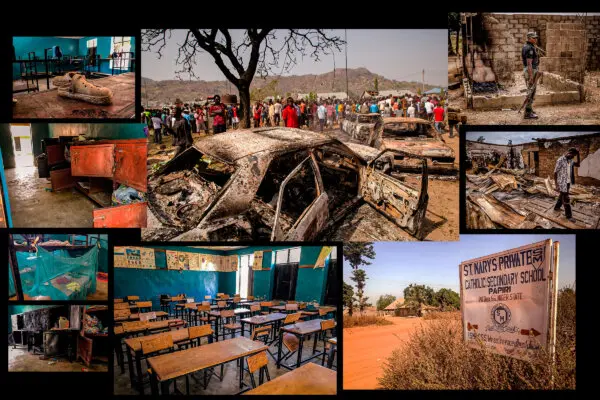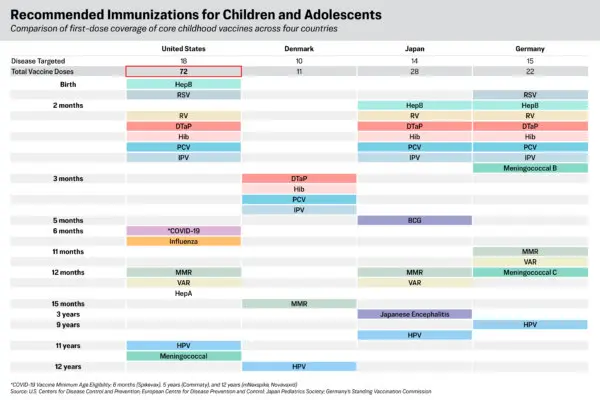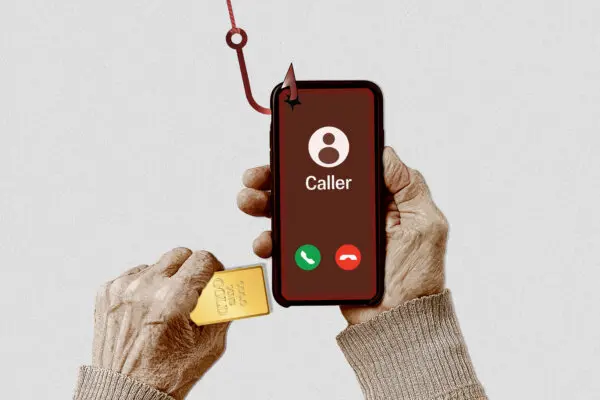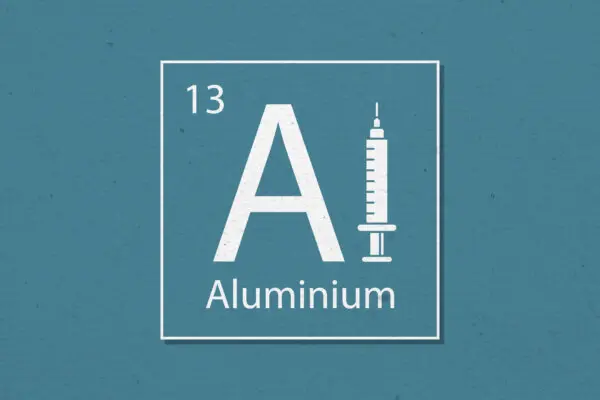CALGARY, Canada—On May 1, 2020, the Canadian government outlawed 1,500 types of semiautomatic rifles and announced a firearms buyback program to take possession of the newly banned guns.
The action was the federal government’s response to a mass shooting in Nova Scotia in which 22 people were killed over April 18 and 19, 2020.
